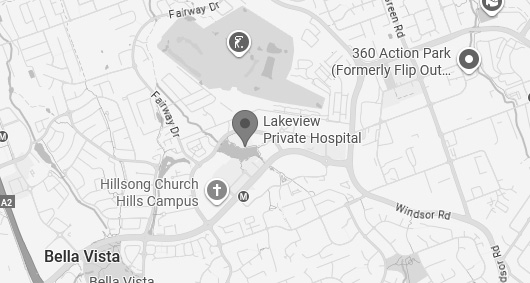What is the Gluteus Medius?
The Gluteus medius is one of 3 muscles in the buttock and is situated on the outer surface of the hip. The gluteus medius assists with
- Pelvic stability
- Hip abduction (leg separation)
- Internal and external rotation of the hip.
Causes of Gluteus Medius Tears

A gluteus medius tear occurs with a partial or complete rupture of the muscle. The tear or rupture of the gluteus medius muscle is commonly seen in runners and athletes involved in high-impact sports such as soccer or basketball.
Tears of the gluteus medius can occur due to:
- Sudden bursts of activity and poor flexibility of the gluteus muscle.
- Traumatic injury – tendinopathy (chronic inflammation of the gluteus medius tendon).
- Overuse injury
- Age related degenerative changes can also lead to partial or complete tear of the gluteal muscles and tendons.
Symptoms of Gluteus Medius Tears
Symptoms of Gluteus medius tears are:
- Pain on the side of the hip
- Weakness on the affected side of the hip
Pain can extend up to the buttock and result in weakness when lifting the leg to the side
Diagnosis of Gluteus Medius Tears
The diagnosis is made by clinical examination and imaging tests
- Medical history
- Physical examination
Imaging tests:
- X-rays may reveal osteoarthritis in the hip and any degenerative calcification around the gluteal muscle insertion to the greater trochanter.
- MRI scans are very accurate in diagnosing gluteal tendon tears
Gluteus Medius Repair Surgery
Gluteus medius repair surgery is performed by a minimally invasive surgical approach.
The torn gluteal tendons are repaired to the greater trochanter of the femur and the inflamed trochanteric bursa is debrided or excised.
Untreated Gluteus Medius Tears
Gluteus medius repair are not life threatening but can impact your quality of life and function. It can affect anyone: elite athletes, the active individual, manual labourers and office workers.
The Gluteus medius is an important structure of the hip and untreated damage to the Gluteus medius can lead to ongoing pain.
Preparing for Gluteus Medius Repair Surgery
Participating and completing a tailored exercise program before (ie. pre-hab) with a trained physiotherapist will achieve the best result after surgery.
You will also need to:
- Discuss any medications being taken with me to see which ones should be stopped before surgery
- Not eat or drink anything, including water, for 6 hours before surgery
- Stop taking aspirin, warfarin, anti-inflammatory medications or drugs that increase the risk of bleeding one week before surgery
- Stop or cut down smoking to reduce your surgery risks and improve your recovery
Report any infections to me prior to surgery as the procedure cannot be performed until all infections have cleared up.
After Your Operation:
Recovery
Most patients stay one night in hospital. Crutches are required to walk for the first 6 weeks.
It takes three months for your hip to fully recover from gluteal tendon and muscle repair. Continued improvements may be gained up to 1 year post-surgery.
Complications
Complications following gluteal muscle repair are rare but if you are worried please don’t hesitate to contact my office for advice.
Mobility
Walking – Partial weight-bearing and walking is allowed immediately. Initially, this will be aided by crutches.
Driving – Avoid driving until you are safely off crutches and have good control of your legs and feet. You should not drive under the influence of strong pain killers.
Return To Work After Gluteus Medius Repair Surgery
Return to work will vary depending on the procedure performed and type of work you are engaged in. Most people can return to office work within 2 weeks. Labour intensive work however, may require you to take 6 weeks before returning to full duties.
During these period patients are not fit to perform work duties that involve:
- Prolonged standing,
- Heavy lifting,
- Bending or
- Excessive stair climbing
Return To Sport
Low impact activities, such as cycling and swimming, can be commenced from week 4.
You should increase your activity level gradually within comfort limits.
Post Operative Rehab
Participating and completing a tailored exercise program after surgery (ie. rehab) with a trained physiotherapist will achieve the best result for you after surgery.


